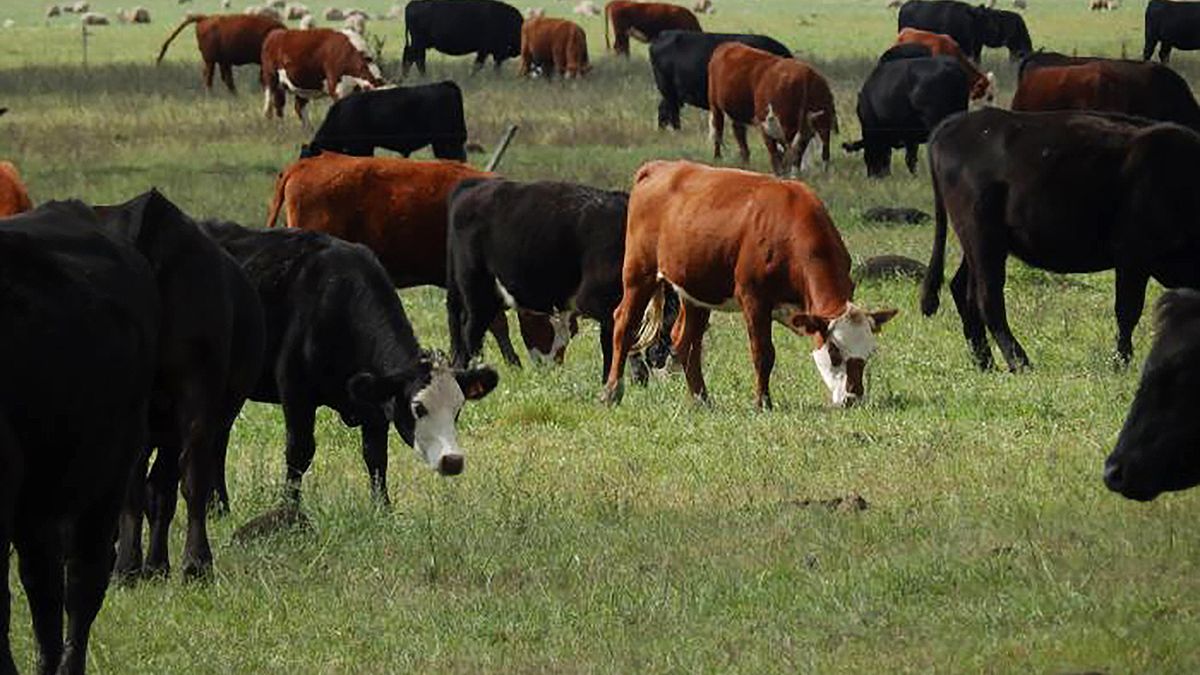The livestock stock grew 1.3% and reached 11,689,152 heads so far in 2023, after having closed 2022 with 11,537,455 cattle.
These preliminary figures emerge from the sworn statements before the Livestock Comptroller Division (Dicose), and were presented today by the Ministry of Livestock, Agriculture and Fisheries (MGAP).
In the latest report shared by Dicose, it is observed that although the stock of breeding cows (entranadas), the category that contains the most heads (4,120,833), fell 2.4%, increases of 30.9% in the total number of wintering cows, and 12.8% in steers over 3 years, they ended up tipping the balance positively.
Behind the breeding cows, the calves and calves They settled at 2,897,005, after an increase of 0.5%; followed by heifers 1 to 2 years old, which increased 1.9% to 1,253,834; and the steers from 1 to 2 years, after an increase of 2.6%.
For its part, of the 84,584 sworn declarations before the Dicose received by the MGAP, some 40,691 were holders of cattle, and some 21,534 of sheep, in addition to other holdings, such as dairy cattle, goats, swine and mares.
The sheep stock fell by 4.6% in 2023
On the other hand, the sheep stock fell by 4.6% in 2023, going from 6,132,563 to 5,851,177, where rams, baby-tooth lambs, and capons had drops of 6.4%; 6.2%; and 6%, respectively.
The breeding sheepwhich represent more than 50% of the sheep category with 3,093,445 heads, decreased by 5.9% compared to 2022. At the other extreme, sheep with 2 to 4 teeth had a positive variation, by 1. 3%, and discarded sheep by 8.5%.
In turn, some 399,307 mares were counted, meaning a decrease of 2.6% compared to 2022; about 110,562 swine after a decrease of 5%; and 9,369 from an increase of 5.5%.
Source: Ambito




